#kyoko kagawa
Text

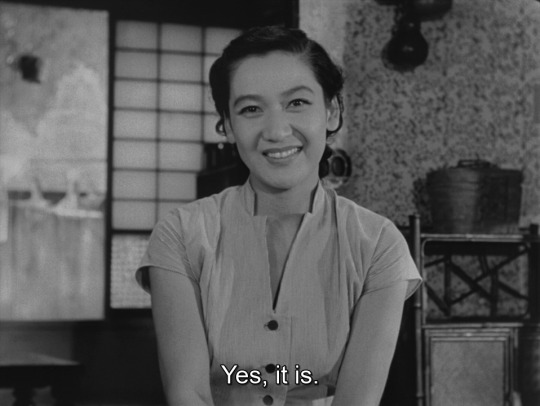

Kyōko Kagawa and Setsuko Hara in Tokyo Story
542 notes
·
View notes
Photo
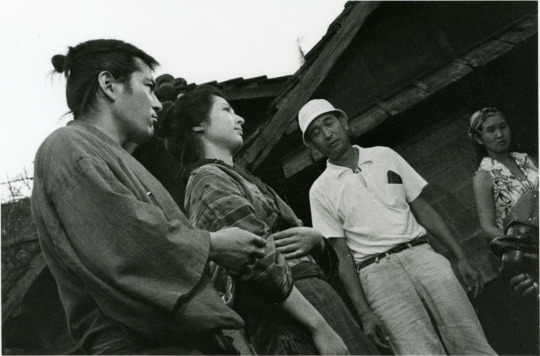

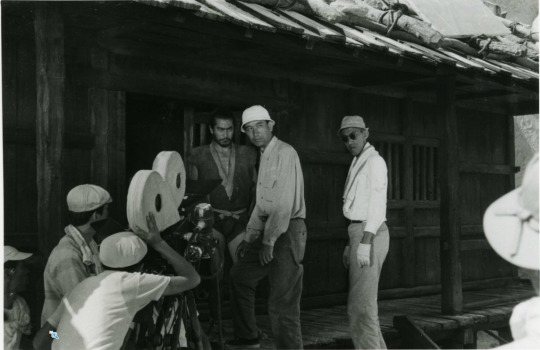
On the set of The Lower Depths (Akira Kurosawa, 1957)
123 notes
·
View notes
Text

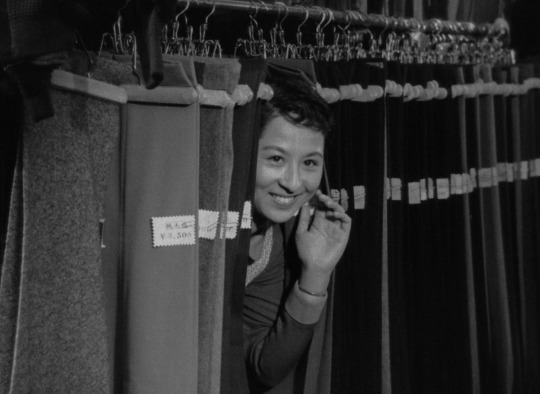
Kinuyo Tanaka
- Love Letter
1954
46 notes
·
View notes
Text



DONZOKO (1957) dir. Akira Kurosawa
#donzoko#the lower depths#toshiro mifune#kyoko kagawa#classicfilmsource#mine#akira kurosawa#三船敏郎#香川京子#黑沢明
88 notes
·
View notes
Text
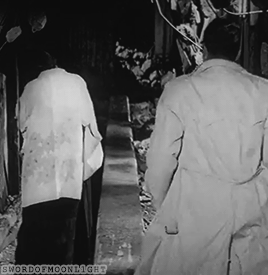


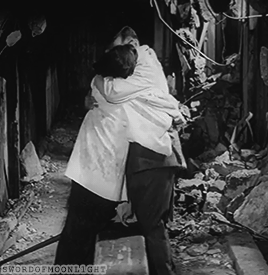
Toshirō Mifune & Kyōko Kagawa in The Bad Sleep Well (悪い奴ほどよく眠る), 1960 dir. Akira Kurosawa
#aka the moment where I had a whole group of folks from anime/japanese culture club yelling 'YES!!!!' when I showed them this film in 2018#after giving a presentation on kurosawa because these two are GOOD ok#and they deserve everything#the bad sleep well#悪い奴ほどよく眠る#toshiro mifune#akira kurosawa#akirakurosawaedit#kyoko kagawa#world cinema#japanese cinema#worldcinemaedit#japanensefilmedit
136 notes
·
View notes
Text

Happy 92nd, Kyoko Kagawa.
10 notes
·
View notes
Text
Japanese Cough medicine, 1950s

"Stop your coughing" (Thanks to Paula Wirth for translating!)
Actress Kyoko Kagawa (Thanks, spaewaif!)
Scanned from Taschen's "Japanese Beauties".
3 notes
·
View notes
Text

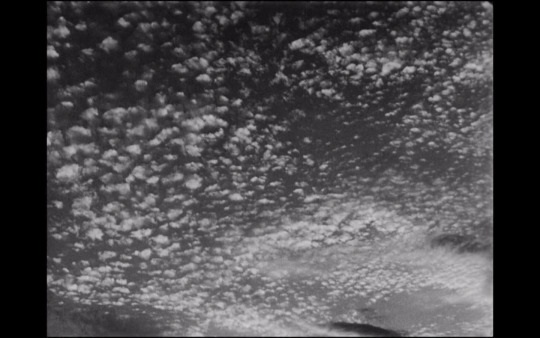

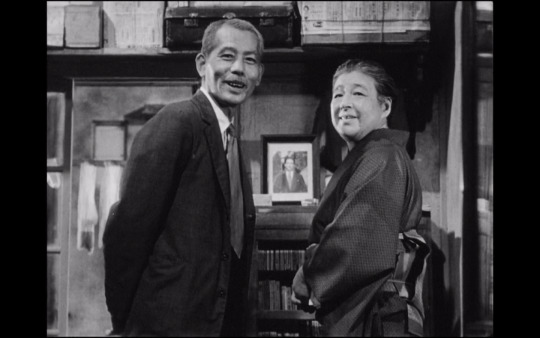






“This place is meant for the younger generation.”
Tokyo Story (1953)
Directed by Yasujirō Ozu
Cinematography by Yūharu Atsuta
#film stills#tokyo story#yasujiro ozu#yuharu atsuta#chishu ryu#chieko higashiyama#setsuko hara#haruko sugimura#so yamamura#kuniko miyake#kyoko kagawa
4 notes
·
View notes
Text
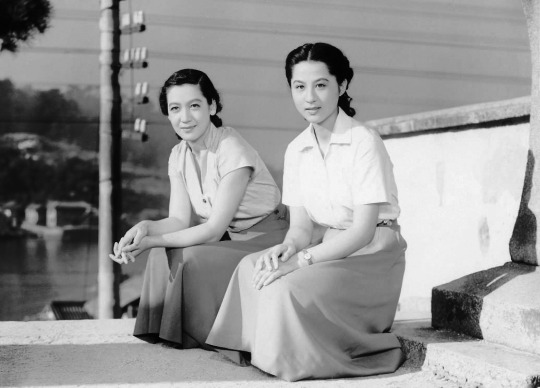
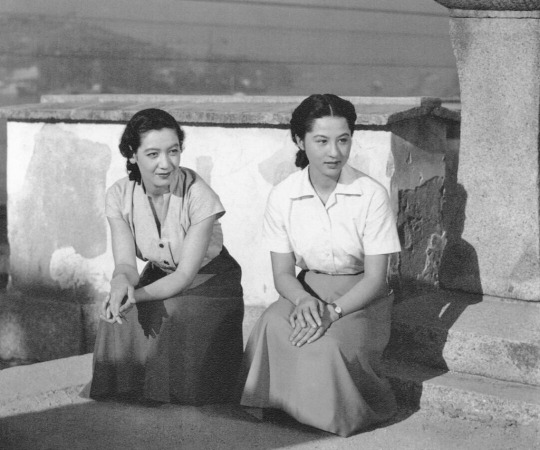
Setsuko Hara and Kyōko Kagawa in TOKYO STORY (1953)
22 notes
·
View notes
Photo

Kyoko Kagawa and Toshiro Mifune in High and Low (Akira Kurosawa, 1963)
Cast: Toshiro Mifune, Tatsuya Nakadai, Kyoko Kagawa, Tatsuya Mihashi, Kenjiro Ishiyama, Isao Kimura, Takeshi Kato, Yutaka Sada, Tsutomu Yamazaki, Takashi Shimura. Screenplay: Hideo Oguni, Ryuzo Kikushima, Eijiro Hisaita, Akira Kurosawa. Cinematography: Asakazo Nakai, Takao Saito. Production design: Yoshiro Muraki. Music: Masaru Sato.
High and Low begins surprisingly, considering that Kurosawa is known as a master director of action, with a long static sequence that takes place in one set: the living room of the home of Kingo Gondo (Toshiro Mifune), an executive with a company called National Shoe. The sequence, almost like a filmed play, depicts Gondo's meeting with the other executives of the company, who are trying to take it over, believing that the "Old Man" who runs it is out of touch with the shoe market. Gondo, however, thinks the company should focus on well-made, stylish shoes rather than the flimsy but fashionable ones the others are promoting. After the others have gone, we see that Gondo has his own plan to take over the company with a leveraged buyout -- he has mortgaged everything he has, included the opulent modern house in which the scene takes place. But suddenly he receives word that his son has been kidnapped and the ransom will take every cent that he has. Naturally, he plans to give in to the kidnappers' demands -- until he learns that they have mistakenly kidnapped the wrong child: the son of his chauffeur, Aoki (Yutaka Sada). Should he go through with his plans to ransom the boy, even though it will wipe him out? Enter the police, under the leadership of Chief Detective Tokura (Tatsuya Nakadai), and the scene becomes a complicated moral dilemma. Thus far, Kurosawa has kept things stagey, posing the group of detectives, Gondo, his wife (Kyoko Kagawa), his secretary (Tatsuya Mihashi), and the chauffeur in various permutations and combinations on the Tohoscope widescreen. But once a decision is reached -- to pay the ransom and pursue the kidnappers -- Kurosawa breaks free from the confinement of Gondo's house and gives us a thrilling manhunt, the more thrilling because of the claustrophobic opening segment. The original title in Japanese can mean "heaven and hell" as well as "high and low," and once we move away from Gondo's living room we see that his house sits high on a hill overlooking the slums where the kidnapper (Tsutomu Yamazaki) lives, and from which he can peer into Gondo's house through binoculars. We return to the police procedural world of Stray Dog (Kurosawa, 1949), where sweaty detectives track the kidnapper through busy nightclubs and the haunts of drug addicts, and Kurosawa's cameras -- under the direction of Asakazu Nakai and Takao Saito -- give us every sordid glimpse. It's a skillful thriller, based on one of Evan Hunter's novels written under the "Ed McBain" pseudonym, done with a masterly hand. Even though it's one of Kurosawa's lesser-known films, there are those who think it's his masterpiece. In any cast it has unexpected moral depth, enhanced by fine performances, including a restrained one by Mifune -- this time, the freakout scene goes to Yamazaki as the kidnapper.
4 notes
·
View notes
Photo
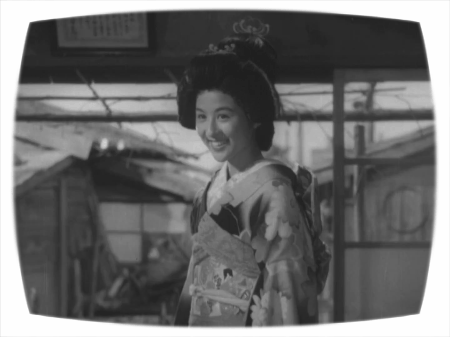
grimace
(d’après Mother de Mikio Naruse)
24 notes
·
View notes
Text
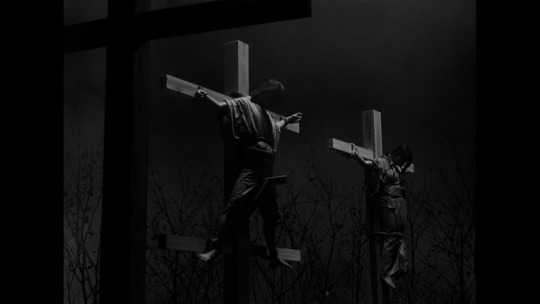


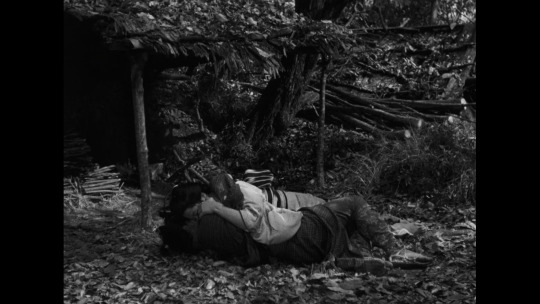

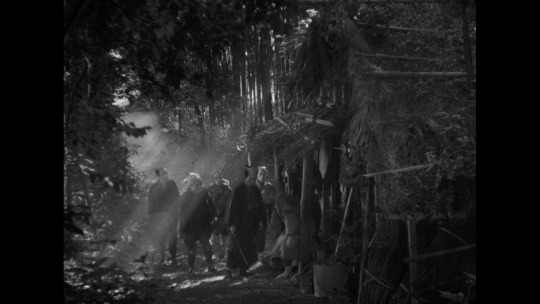
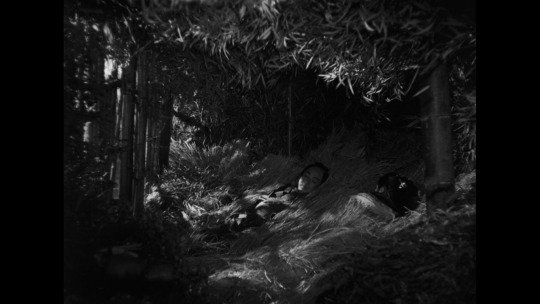

"The Crucified Lovers", Kenji Mizoguchi, 1954
0 notes
Text

The cast of Kinuyo Tanaka's Love Letter (1954). From left to right: Juzo Dosan, Kyoko Kagawa, Chieko Seki, Kinuyo Tanaka, Masayuki Mori.
40 notes
·
View notes
Text

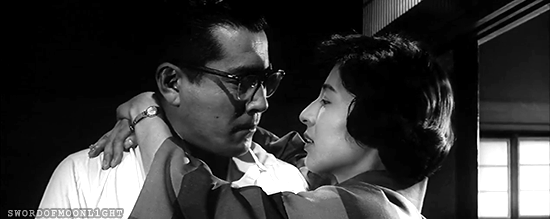


Toshirō Mifune & Kyōko Kagawa in The Bad Sleep Well (悪い奴ほどよく眠る), 1960 dir. Akira Kurosawa
#the bad sleep well#悪い奴ほどよく眠る#akira kurosawa#toshiro mifune#kyoko kagawa#my gifs#filmedit#classicfilmedit#worldcinemaedit#japanese film#toshiromifuneedit#kyokokagawaedit#akirakurosawaedit
70 notes
·
View notes
Text
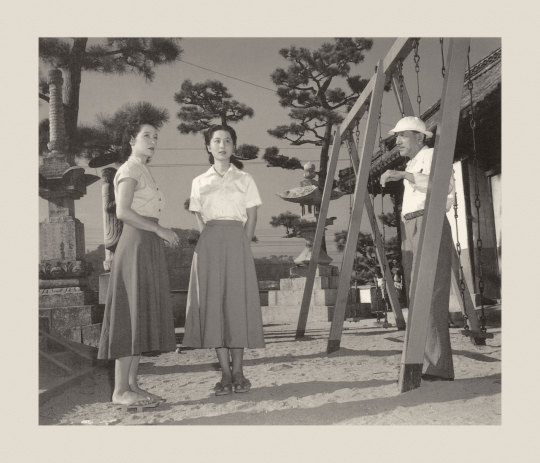
Happy 91st, Kyoko Kagawa.
With Setsuko Hara and Yasujiro Ozu during the making of Tokyo Story (1953).
21 notes
·
View notes
